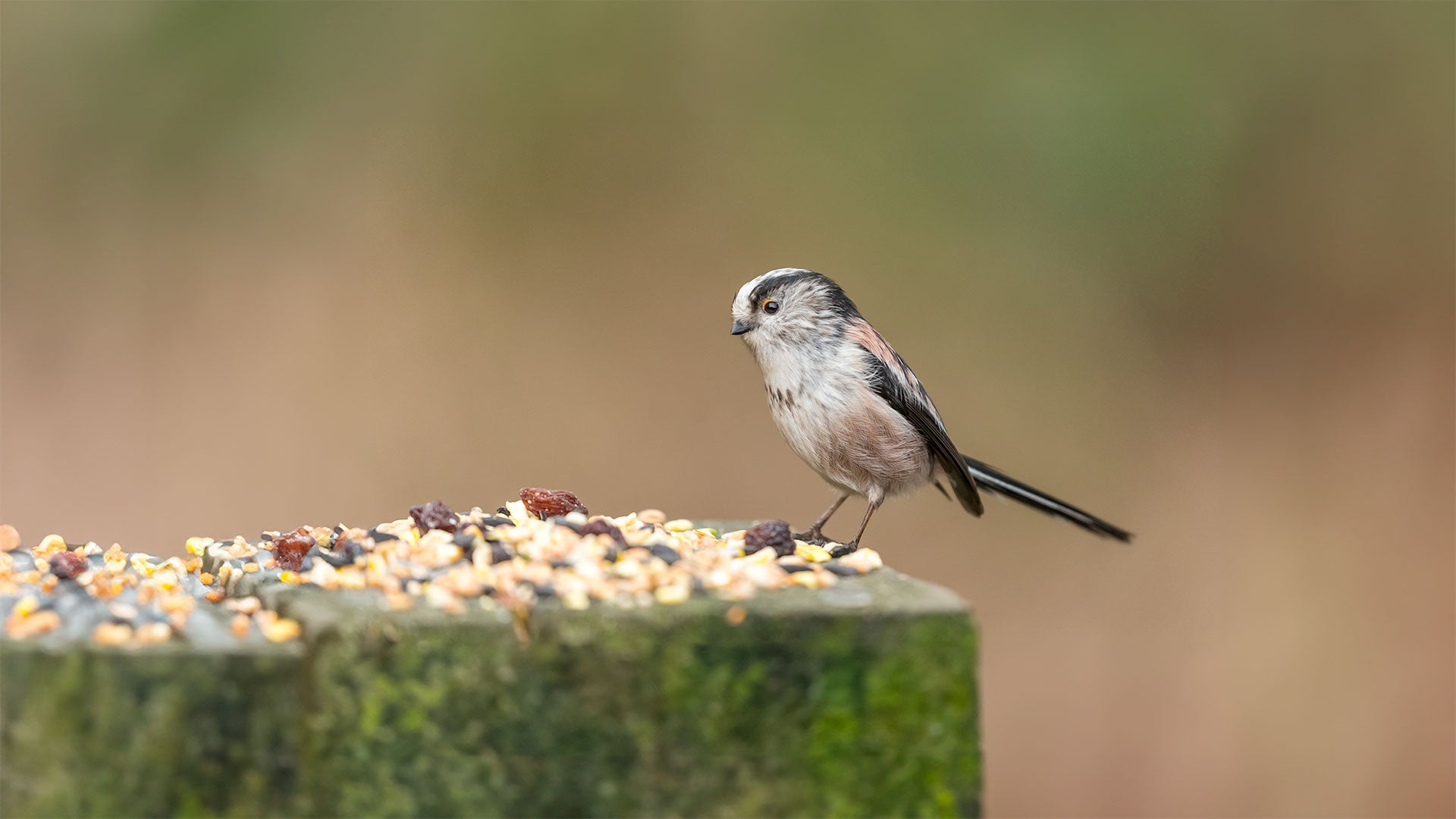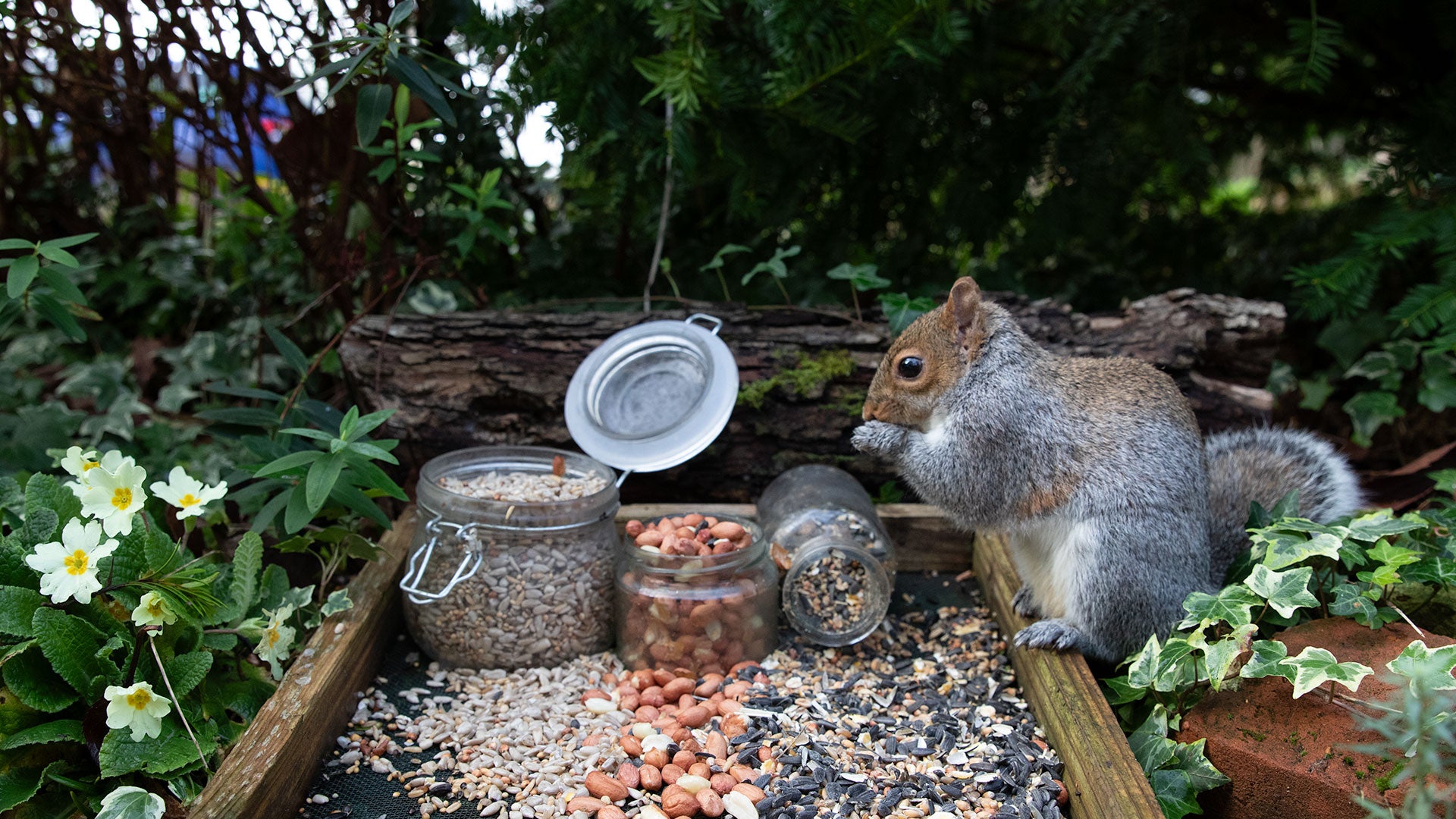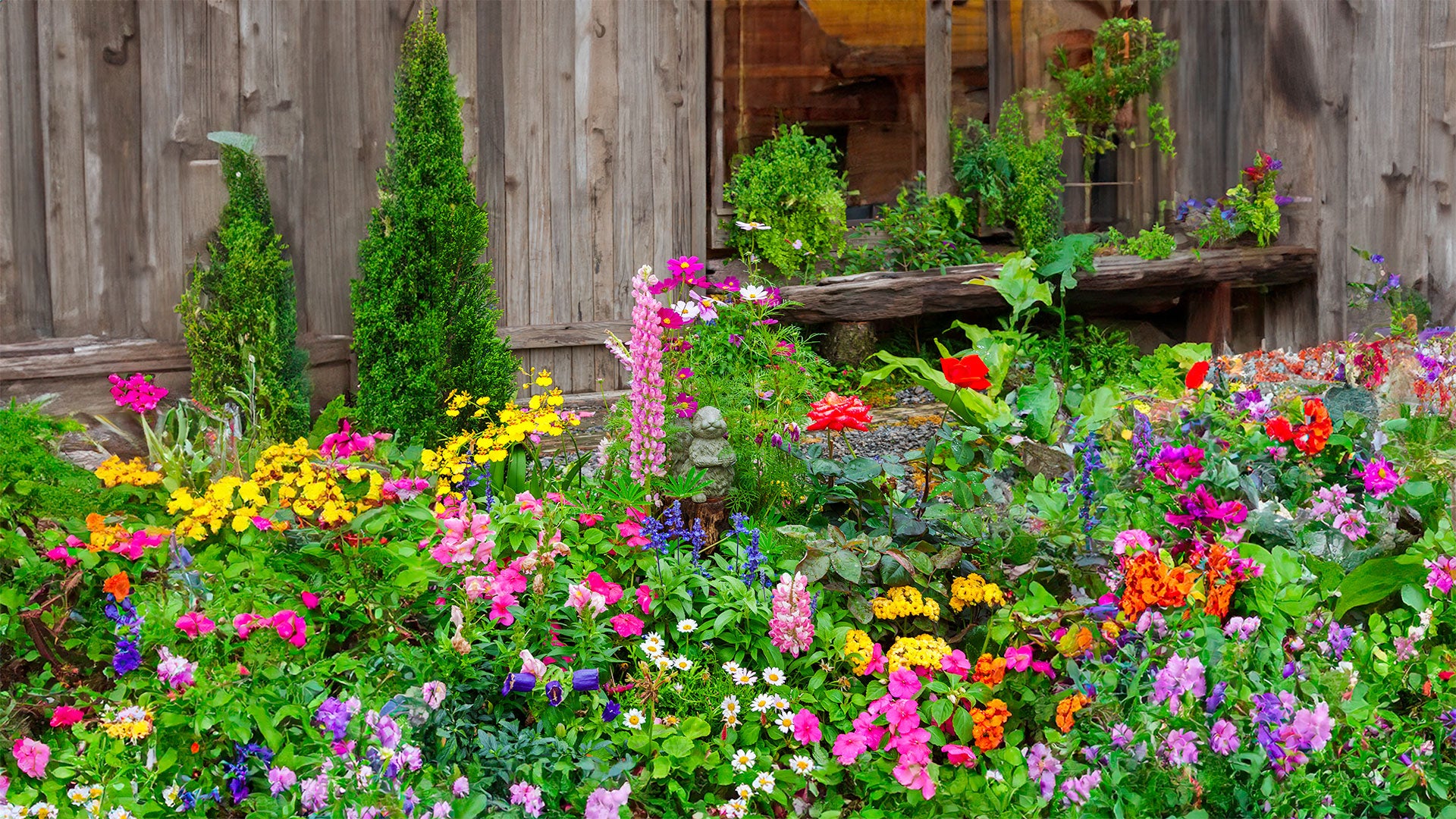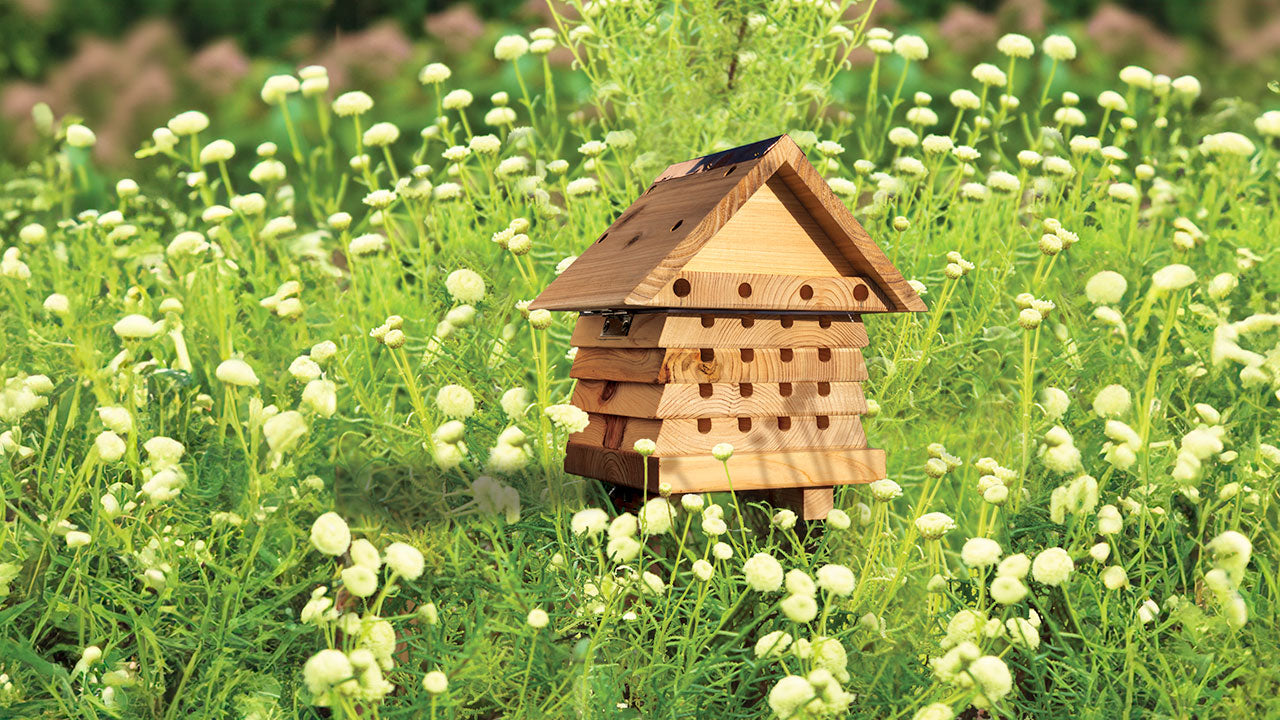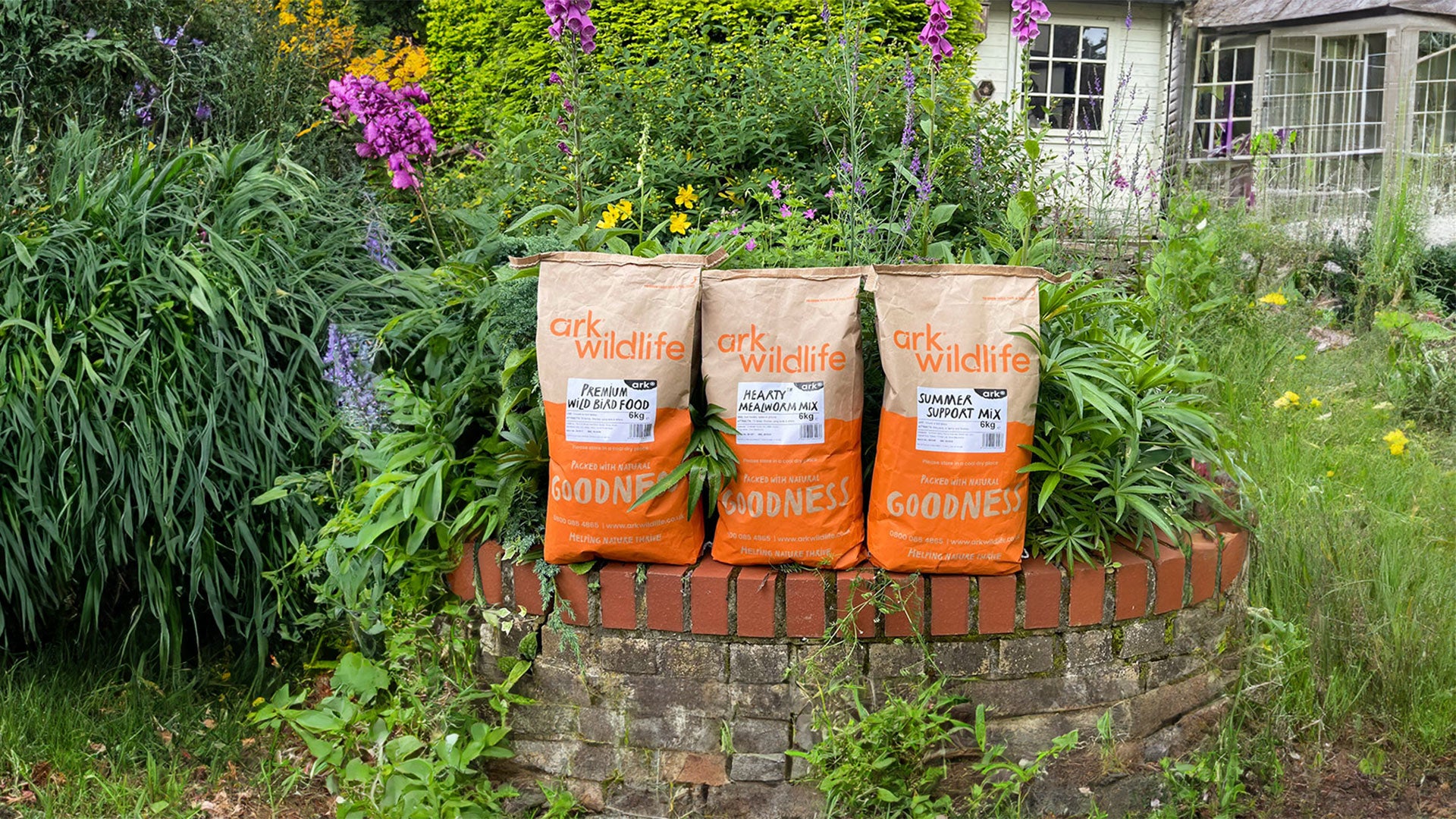Robins are one of the most well-loved birds in the British garden. But how much do you really know about our red-breasted friends? These iconic birds are not only beautiful but fascinating too.
With robins across the UK in increasing danger due to harsh weather patterns and disappearing hedgerows, there are plenty of things you can do to help them in your own garden – from knowing what to feed robins throughout the year to understanding their nesting habits. That’s where our useful all-you-need-to-know guide to robins comes in.

How to identify a robin
Robins are one of the easiest birds in Europe to identify – and not just because they’re such a popular image on Christmas cards. They are not the only red-breasted birds in the UK (others include bullfinches and linnets) but they are distinguishable because of their red faces.
Adults have a red-orange breast, throat and forehead and their upper parts are olive brown – and the orange parts are often edged with a band of grey. Younger birds do not have orange breasts but do have dark brown mottling.
Robins also move in a recognisable way – moving across the ground in a rapid succession of hops, stepping in a hunched position then stopping and taking an upright posture. Their flights are also usually short.
What's the difference between a male and female robin?
Male and female robins are very difficult to tell apart due to their near-identical appearance. However, on closer inspection there are some subtle differences between them. The shape of the peak on the male robin’s head is slightly different – more U-shaped and flattened than the female’s V-shaped peak.
In addition, male robins tend to have slightly brighter all-over colouring than females do, and are a little larger in size. With such little difference it can be hard to identify a robin as male or female without having both next to each other.
The robin's habitat
Robins live across the UK, in hedgerows, woodland, parks and gardens. And they can be spotted all year round, not just in the winter.
Robins build their nests in walls and on buildings. They are known for being a bird that can nest more or less anywhere, and may prefer to build their nests close to the ground. One of their main considerations when choosing a site is whether the cavity for the nest is completely concealed, out of sight for predators.
This is one of the ways that you can help robins in your garden – we have a number of robin nest boxes that are especially suitable for these wonderful birds. They are open-fronted, which is something robins look for, unlike other birds, who prefer narrow entrance holes to keep predators and competing birds out. You should place your nest box relatively low down, making sure you choose a secluded location below 2m, ideally hidden in shrubbery or other vegetation. Our robin nest pocket can easily be hung into garden shrubbery to blend into the robin’s natural habitat. You can also purchase an adjustable robin feeder filled with robin-friendly bird food to help attract this bird into your garden.
Away from our gardens, robins may also nest in forests with dense undergrowth and scrub, or in town parks as well as hedgerows. The increasing disappearance of spaces like these in the UK makes it more important than ever to create safe places for robins in your own garden.
On average, there are up to 250 pairs of breeding robins per square mile in the UK, so the chances of there being at least one in your garden are high.
Does a female robin have a red breast?
All robins, both male and female, have red breasts. While the male might be a brighter red this is not always the case. Baby robins, or Juvenile Robins, are speckled brown and will not get the recognisable red breast until late summer, when the young is around 2-3 months old. This is to prevent adult birds attacking them in territorial disputes.
The robin's call
The most common robin call that you are likely to hear in your garden or when out and about is a repeated and persistent ‘tic, tic tic’ sound. It is a fairly thin and warbling call which can be heard across the UK at almost any time of the year.
When do robin's nest in the UK?
Robins begin their nesting season in March, once the worst of the cold weather has passed. In some years where the weather is mild, nesting can begin as early as January, as robins are one of the earliest birds to nest in the UK.
Building a nest usually takes around four days, but this doesn’t mean that nest-building is over for the year as robins tend to have several broods per year – up to four or five. Nesting season tends to go on into July and August.
Where do robin's nest?
Robins build their nests on banks, in cavities of trees or in hedges. The female tends to build it from leaves and moss and then line it with hair and fine roots.
How can you tell if a robin is preparing to nest?
If you see robins picking up leaves, moss and other materials this means they are beginning to nest, but you shouldn’t go looking for their nest as they will often abandon it if they think it has been discovered.
Do robin's reuse their nests?
Robins generally have 2 or 3 broods in a year, where they will build a fresh nest. While robins don’t use the same nest more than once, they will often return to a location that has worked well for them in the past and build a new nest in the same spot.
They may also nest in forests with dense undergrowth and scrub, or in town parks as well as hedgerows. The increasing disappearance of spaces like these in the UK makes it more important than ever to create safe places for robins in your own garden. On average there are up to 250 pairs of breeding robins per square mile in the UK, so the chances of there being at least one in your garden are high.
When do robins lay eggs and how many do they lay?
Robins begin to lay eggs between mid-April and mid-August. They will usually lay five to six eggs per brood, meaning they can lay around 20 to 25 eggs in a year. Robins’ eggs are white and non-glossy, with small sandy or reddish markings which can vary in intensity.
How long do robins' eggs take to hatch?
A robin’s eggs will take 12 to 15 days to hatch. When they do hatch, the young are tended to by both parents. Feathers begin to grow after three days and the body is more or less covered after 10 days. The eyes begin to open after five days.
How long do robins take to fledge?
Robins usually fledge around two weeks on from birth, only two or three days after their flight feathers have grown. They usually stay with their parents for another few weeks after they begin to be able to fly the nest.

